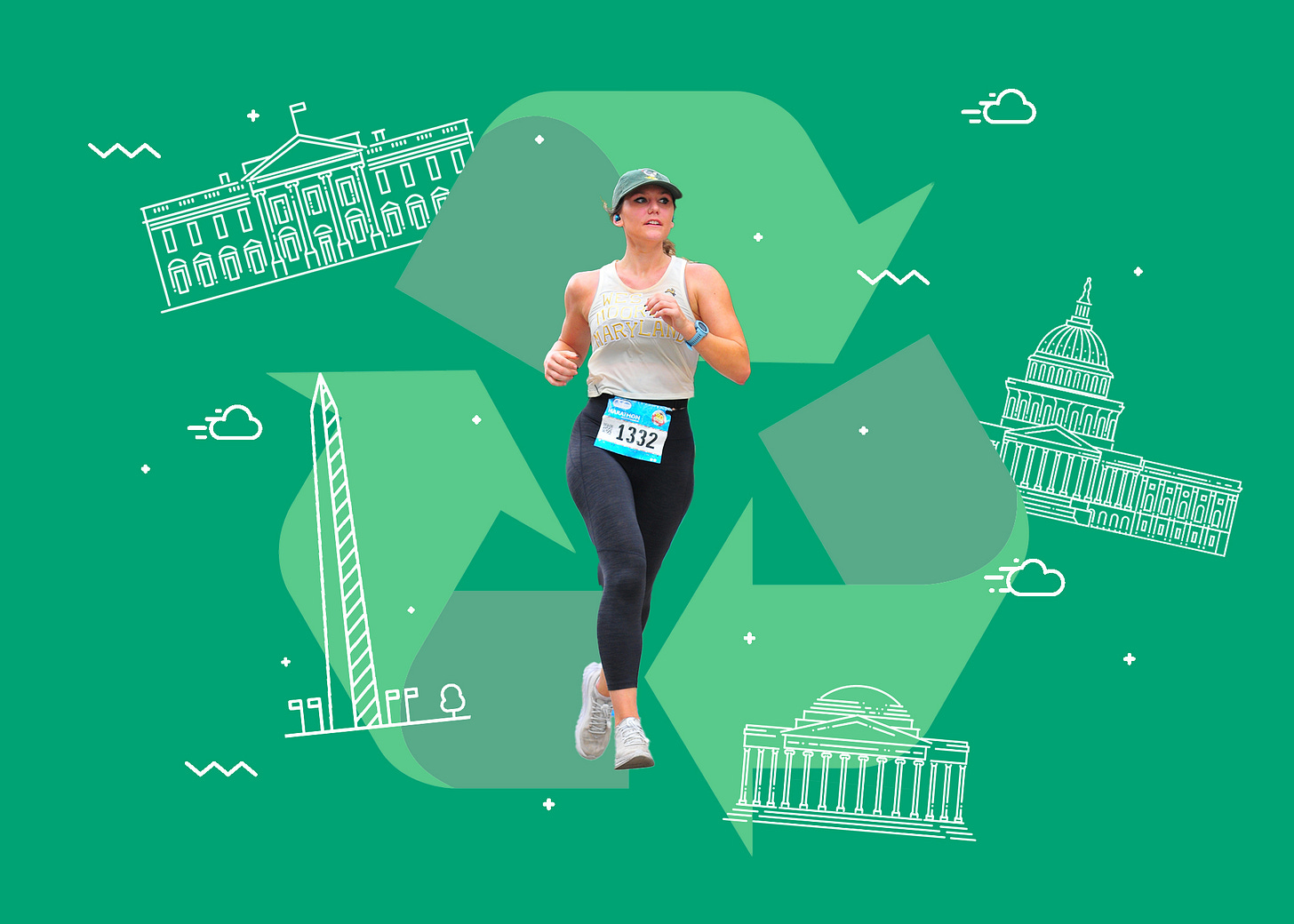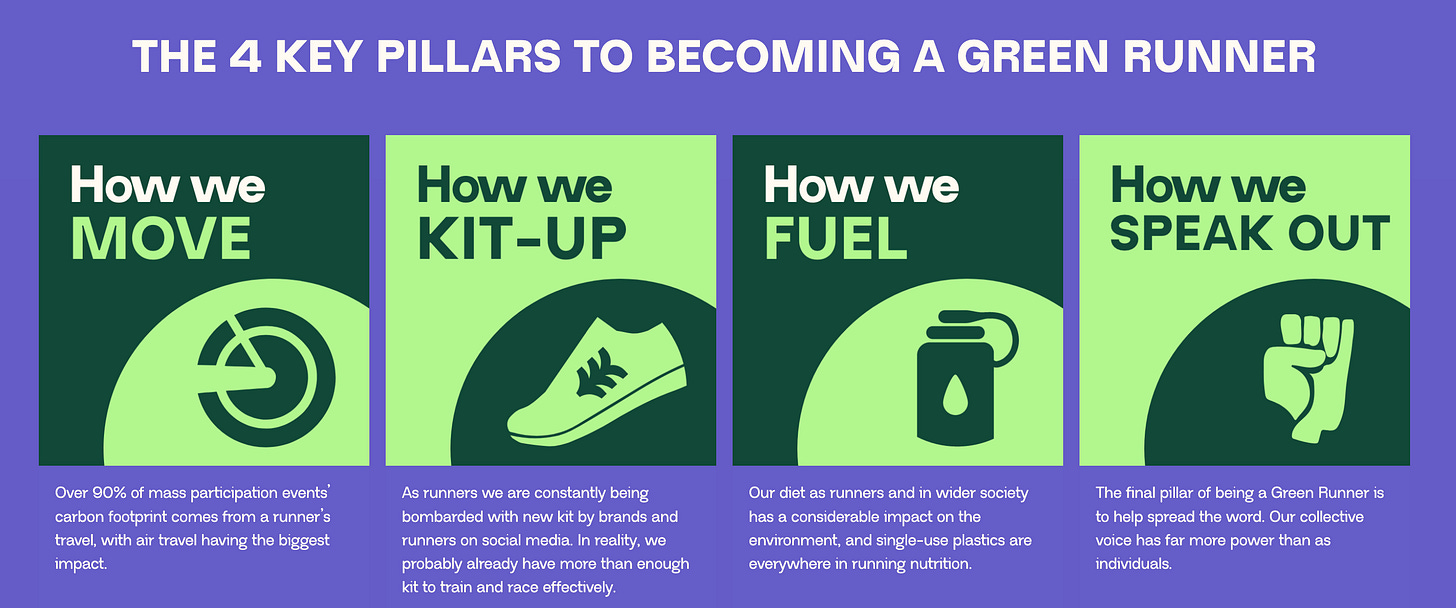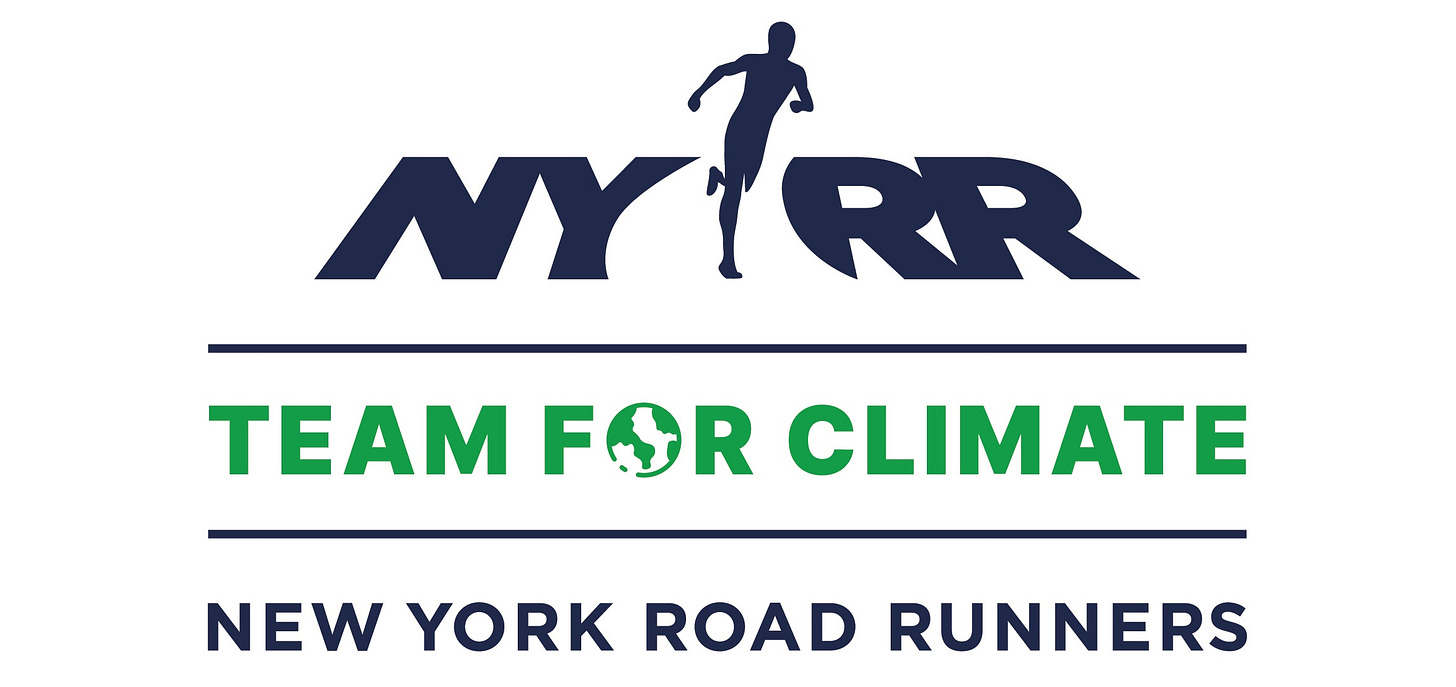After the history-making performances at the Barkley Marathons last year Finn Melanson interviewed Jasmin Paris, the first woman to ever finish the full five-loops, as well as veterans Jared Campbell and Joe McConaughy on The Singletrack Podcast. Melanson has also interviewed Barkley legend John Kelly in the past. Listening to these episodes of firsthand accounts of such a singular grueling race there is a lot of overlapping character and personality traits among the runners drawn to participate.
A profile emerges that might not define all or even most ultrarunners but offers a certain pattern and insight: they are disciplined, their demeanor is even and steady, they are all dialed into both their personal environments and the Environment to high degree.
It is this last point that I found the most interesting while binging their post-race interviews: They were coming off the high of having achieved momentous and historic successes and yet both Jasmin and Jared seemed the most animated in their conversations when discussing their sustainability efforts.
“I’m a believer in making gear last as long as it can,” Jasmin repeatedly told Finn in their interview. The first thing they discussed was how abnormal her kit was for a high-profile runner. She borrowed her friend’s pack and wore the same pair of shoes she had run every time she’d raced at Barkley even though they needed to be patched.
“It’s useful to have shoes that have good grip and that are comfortable … but definitely doesn’t need to be new … if it works it works.” She said after explaining how she had repaired the shoes following a guide by the Green Runners, an organization she feels strongly about promoting and advocating for. The Green Runners aim is to inform and empower runners to make greener decisions. They have a four-pillar strategy:
How you move (travel to races); How you kit up (trying to repair and reuse); How you fuel (thinking about planet-friendly diet and plant-based meals); How you speak out (advocating for better practices, etc.)
On that last point, she noted the work the Green Runners are doing in the trail running community and how they are holding race organizers accountable. She cited the UTMB Dacia controversy, in which the Ultra-Trail du Mont Blanc was pressured to reconsider having a car manufactured as the title sponsor for the race.
One exception Jasmin mentioned is the Hardrock as a race she would consider coming back to the US for—so she hasn’t totally ruled out international travel, it would just have to be special.
“To the extent that you can come up with your own projects nearby, I think that’s good style—is maybe how I would describe it if you’re able to adventure locally” – Jared, who comes from an engineering and race director background, told Finn.
So much of my life, whether I was a climber or a runner, the most shaping things I’ve ever done started with some report I read or picture I saw that drew me across the country or across the world and that changed who I am as a person. So I don’t think people, for environmental reasons, should deny themselves being inspired and enjoying life. Because I think a lot of goodness comes when you travel, when you see people, when you meet different cultures, when you’re running with ten people from all over the world, I think there’s a lot of goodness that can come out of that. We’re in this time when we need to be smart about things and the impact we have on things.
And it’s not just in how he approaches racing and trail running, he approaches life with the boy-scout mindset of how to leave things better than you found them. I really encourage you to listen to their full interview (linked below!) since I can’t do it justice summarizing just how inspiring it is to hear someone passionate about net-zero, net-positive living.
This level of conscientiousness isn’t unique to the highest performers in the ultra-running space—it is a trait shared by most runners I know and meet. At the finish line in Vegas for TSP Nils coordinates donations of extra food, water, bike helmets and more to the local shelter Shine A Light Foundation. They don’t advertise this aspect of all the teams coming together at the end of the race—everyone’s focus gravitates to the pool party, sleep, and celebration. But there is something moving about the shared mindfulness and generosity of all the runners and crew members making the effort to reduce waste and connect with the community.
In everyday life, the idea of living “sustainably” is daunting. Lifestyle influencers capable of committing to years of zero-waste and monk-like spending habits are intimidating in their austerity. And how much can one person on this side of the world really do while China gets more than half its energy from coal? Not to mention the problem of the longevity of the materials used to make running gear.
Companies like Adidas, with its Parley for the Oceans collaboration, and ON Running, with its recycled shoe subscription service Cyclon, have tried to offset the climate impact of running gear. But as California continues to burn and the waters become less and less habitable to aquatic life, it’s easy to slip into a fatalistic mindset and doubt how much of an impact small changes can really make.
But listening to Jasmin Paris offered almost a bridge or entry ramp to making sustainable lifestyle choices that are themselves sustainable. Wearing clothes and shoes past the point of exhaustion, and making small behavioral consumption decisions and changes do add up.
This year I want to be more mindful and better about my footprint. Last year, of the six races I competed in, four of them required long flights and complicated carbon-heavy logistics. I was conservative in how many pairs of shoes I bought (in part thanks to Under Armor providing shoes for our TSP team), but this year I want to cut back even more on my consumption and impulsive gear acquisition.1 Inspired by Jasmin Paris and personally making the Green Runners pledges, while building an aspirational race schedule this year I’m limiting my location search radius to the east coast with a preference for local races. My one caveat or exception to this would be the same as Jasmin’s: leaving the door open for one or two personally significant races and finding ways to offset the travel for them.
But I’m spoiled and lucky to live near the nation’s capital, so I don’t have to go far to find cool or exciting race options. DC is home to the iconic Cherry Blossom Ten-Miler, the Marine Corps Marathon, the Army Ten-Miler, countless half-marathons and many charity 5k races. If you include the other states in the metro-accessible area, there are even more. Baltimore’s Runfest is one of my favorite annual events and organizations like DCRoadRunners put out a heroic schedule of locally run races.
But so far, the only race I’m actually registered for this year is only about a month away: the DC Rock ‘n’ Roll half marathon, a race I once swore I would never run again.
Here is a CliffsNotes version of my Rock ‘n’ Roll DC half marathon experience last year: Not fun! Did not enjoy! Do not particularly want to run it again! But my sister is running it again and I succumbed to her pressuring me to join her. It also has the virtue of convenience.
Deep in the vault of drafts that shall never see the light of day is an entirely too honest screed I wrote immediately after about my issues with how the race is organized. But my perennial New Years resolution is to be More Positive. This is generally a failed endeavor but I’m trying.2 If you are looking for a half marathon in DC my recommendation would be literally any other race unless your younger sister bullies you into it—go for the one hosted by local running store Pacers, instead of the one put on by the corporate tourism company owned by a private equity conglomerate.
Links!
Listen to Jasmin’s interview on the Singletrack podcast here:
Listen to Jared’s interview on the Singletrack podcast here:
Join me in signing up for the Green Runners and making a few pledges to be more environmentally conscious while running this year!
If you’re in New York NYRR has a team for climate!
While we’re talking about running local, over the weekend one of the greatest feats of hyper-local racing occurred in Tempe:
This probably deserves its own post, but many have pointed out that niche Strava segments like this battle may be the future of racing…
And lastly, if you feel compelled to consume, do so for a good cause! Check out the latest from
:See you out there, until next week, run on cool cats 🏃♀️💕🫡
Please don’t judge when I share a buying guide or ‘What I Can’t Run Without’ type list post!!! My love of shopping lives in direct conflict with my desire to save the world. What’s a girl to do.
My main issues with last year were what a clusterfuck the finish line was (the poorly marked and confusing biergarten area was more aggressively protected than the Capitol on January 6 and the hired security was unbelievably rude and hostile when I asked for help trying to figure out where to go to get around a bottleneck of people), the aid stations in the second half of the race seemed lacking in my opinion (What happened to orange slices and bananas? I have been spoiled by trail races), also having a music station under the overpass by the Kennedy Center caused such a nerve annihilating cacophony of noise I thought I was going to crash out from overstimulation, and don’t get me started on the hill at mile 7.










Happy to hear you runners and fashionistas are happy. However, as a cartographical correction: running towards anything requires running away from something else…and no matter how you draw longitude and latitude in your mind, from the beginning of time the motivation defines the activity: you are either running towards or away from the tiger. And ultimately, the tiger Eve. more than the motive decides.
One of the reasons Nils had for TSP Atacama was to highlight the huge piles of fast fashion clothes sent to be "recycled" but actually just dumped in Chile.